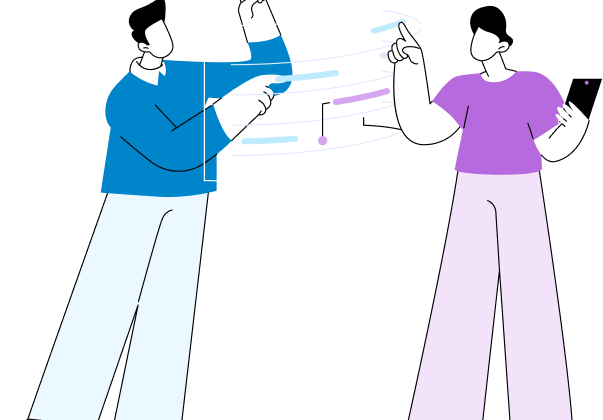Our Rescue Approach
We deployed a small team of senior engineers with backgrounds in financial systems and enterprise architecture. Instead of the usual pattern of adding more resources to fight fires, we focused on understanding the system's core behaviors and failure patterns. The team's financial expertise proved crucial - they could evaluate technical issues within the context of lending operations without lengthy knowledge transfer.
The results were rapid and significant. Within three weeks, our team had integrated with existing operations and begun implementing strategic improvements. Support team requirements dropped from eleven to four people within four months, while system stability improved dramatically. By month six, our small team had assumed full operational responsibility.
- Documentation and creation of a knowledge base for existing issues and their solutions
- Support engineer on-boarding and training material
- Automated scripts to handle high-frequency issues where able
- In-depth performance analysis of third party servicing system, made changes to database indexing, maintenance, and instance types to reduce daily batch failure
- Eventual re-architecture of most error prone systems (underwriting)
